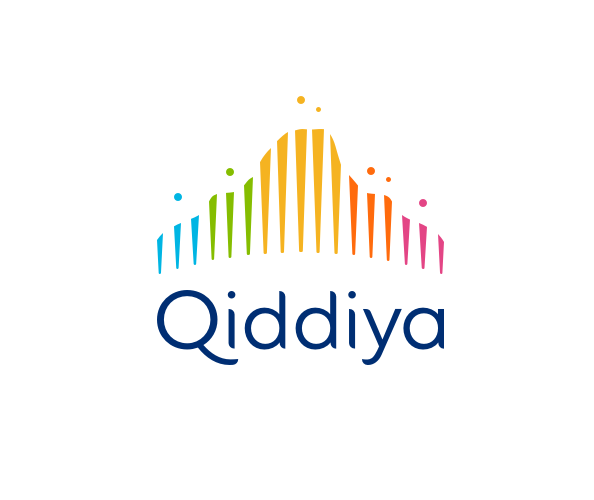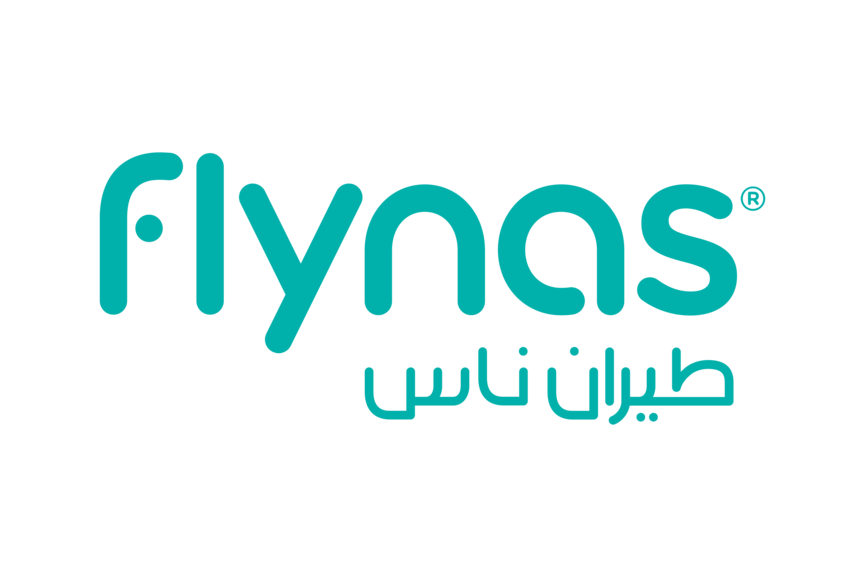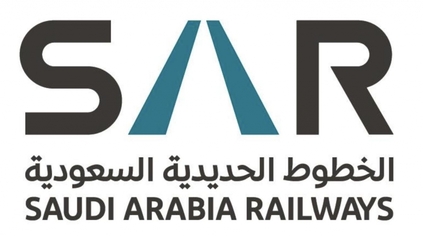Saudi Holy Lands
Location : Saudi Arabia - Haqil
If there is a final frontier of tourism left, it's Saudi Arabia. The birthplace and spiritual home of Islam, Saudi Arabia is rich in attractions and stirring symbolism. For Muslims, the cities of Mecca and Medina, rich in Prophetic significance, and have no equal, while the carved temples of Madain Saleh, known as the second Petra, and the sophisticated rock art at Jubbah are the Kingdom's greatest pre-Islamic treasures.
Highlights: Tayib Ism, Medyan, Tabuk, AlUla, Hegra, Khaybar, Medina, Jeddah
Program ( 8 days )
-
Day 1
Haqil Border – Tayib Ism – Medyan - Tabuk
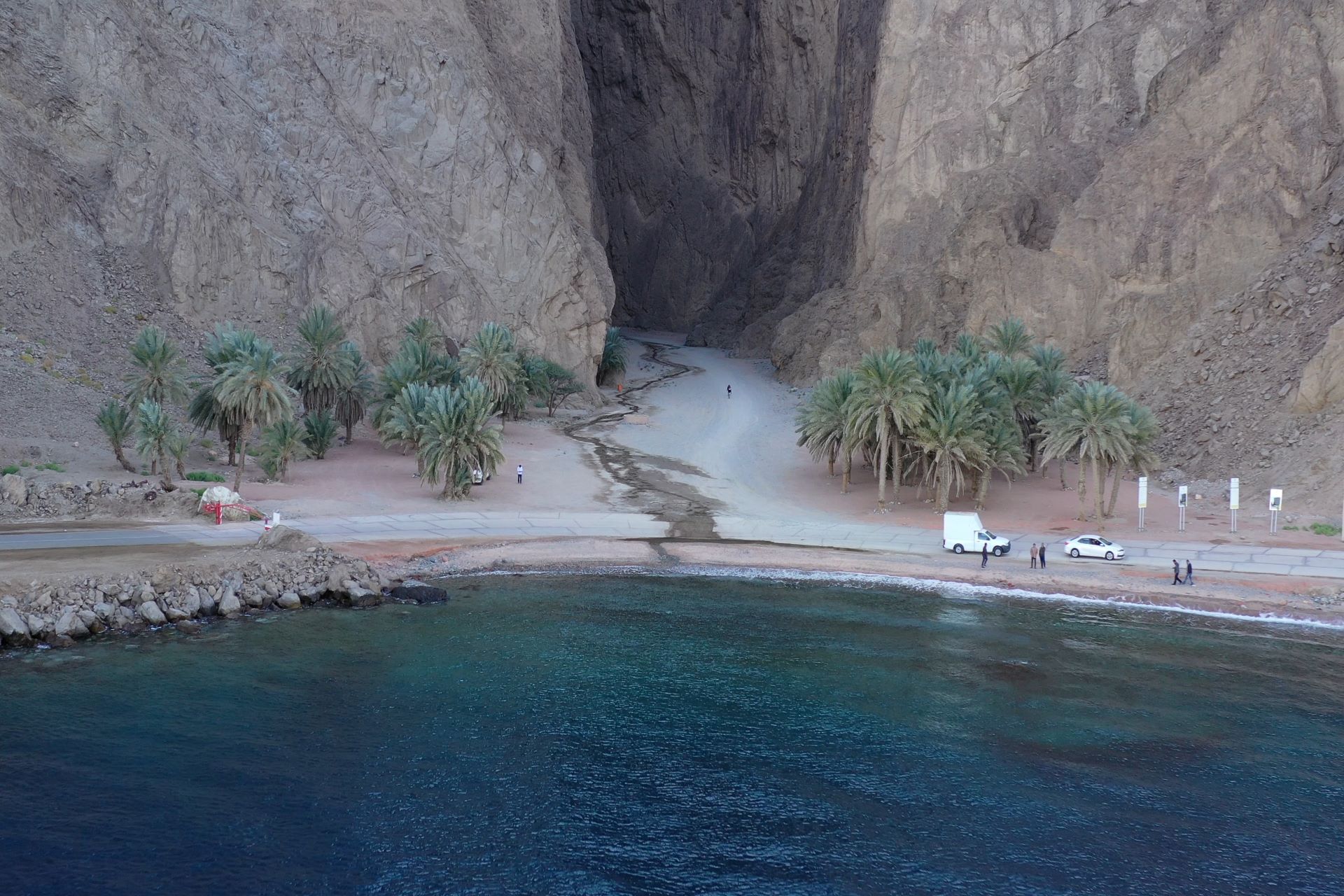 Meet at Haqil Border, drive to the western tip of Mainland Saudi, Ras Al-Sheikh Hameed is a beautiful sandy cape located in Tabuk Province, at the junction between the Red Sea and the Gulf of Aqaba. The sand banks of the Ras Al-Sheikh Hameed used to be the westernmost point of the Kingdom of Saudi Arabia until the cession of Tiran Islands by Egypt to Saudi Arabia in 2017. Thus, it is today only the westernmost point of the Saudi Arabian mainland.
Meet at Haqil Border, drive to the western tip of Mainland Saudi, Ras Al-Sheikh Hameed is a beautiful sandy cape located in Tabuk Province, at the junction between the Red Sea and the Gulf of Aqaba. The sand banks of the Ras Al-Sheikh Hameed used to be the westernmost point of the Kingdom of Saudi Arabia until the cession of Tiran Islands by Egypt to Saudi Arabia in 2017. Thus, it is today only the westernmost point of the Saudi Arabian mainland.
Maqna (The wells of Moses) is a charming coastal town located on the Gulf of Aqaba that faces Egypt and the Sinai mountains, clearly visible from it. But the town is famous for its wells that witnessed an important episode in the life of the Prophet Moses.
Tayeb Ism (The valley of Moses) is one of the magical natural wonders of Saudi Arabia that takes visitors by surprise. This incredible natural feature of Tabuk Province is located on the Gulf of Aqaba, just 15 Km north of the coastal town of Maqna.
Dated back to the end of the 2nd millennium BCE, Medyan is known for being the place where the Prophet Moses sought refuge after fleeing from Egypt. There he met the Prophet Jethro who recognized in Moses a pure soul and gave him one of his daughters. Moses then lived for ten years with his wife and father-in-law in Medyan before returning to Egypt to free its people from the Pharaoh Ramses II.
Continue to Tabuk for overnight.
-
Day 2
Tabuk – Al Ula
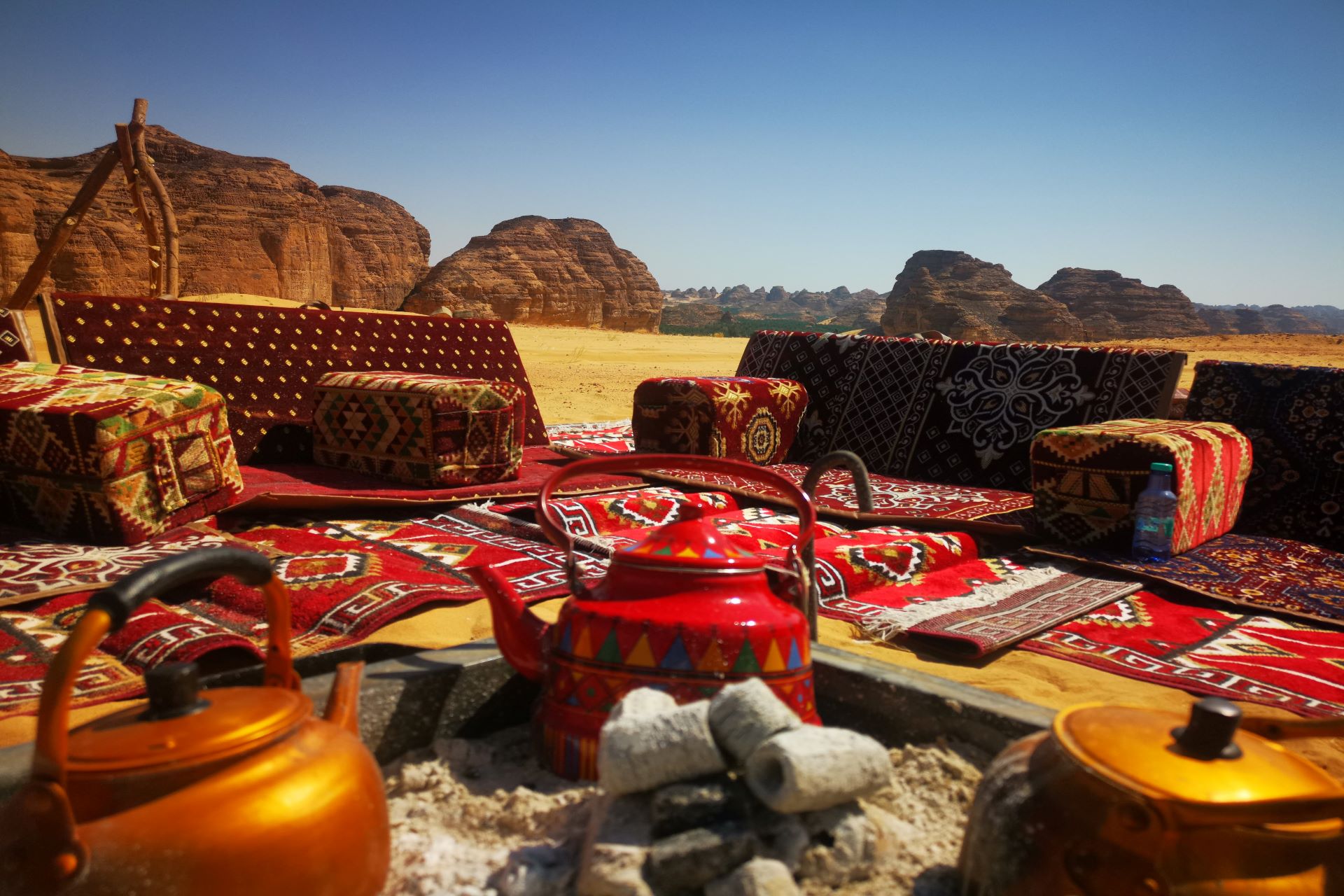 After breakfast we drive to Al Ulla, the birthplace of two ancient Arabian kingdoms. During the 1st millennium BC, Al-Ulla saw the rise of the ancient city of Dedan that became the capital of two successive kingdoms, Dedan and Lihyan, that ruled over the northwest of the Arabian Peninsula.
After breakfast we drive to Al Ulla, the birthplace of two ancient Arabian kingdoms. During the 1st millennium BC, Al-Ulla saw the rise of the ancient city of Dedan that became the capital of two successive kingdoms, Dedan and Lihyan, that ruled over the northwest of the Arabian Peninsula.
A small fort still stands in the middle of the Heritage Village of Al-Ulla and is known as Musa Ibn Nusayr Fort. It was probably a fortified structure as early as the Dedanite or Lihyanite times as some Dedanitic inscriptions were carved on the rock where the fort was built.
Al-Ula Heritage Village (ghost town), also known as Ad-Deerah, is the traditional Arabian village where people of the oasis moved some 8 centuries ago and inhabited until the 20th century. It was built on a higher part of the valley in order to be clear from the floods that can occur during the raining season. At its maximum expansion the town contained over 1 000 houses that were built adjacent to one another thereby forming a wall around the town to defend the population.
Explore the ruins of the ancient Kingdom of Dadan, one of the most developed 1st millennium BCE cities in the Arabian Peninsula. Dadan was the capital of the Dadanite and then the Lihyanite Kingdoms and one of the most important centers of the caravan trade.
Head to the east of the city to see more than a dozen tombs cut into the red-rock cliff faces, including the famous Lion Tombs marked by seated lion sculptures and marking the burial site of a member of the royal family.
This area was once just a basin covered in dust and sand. Now it’s a live excavation site and archaeologists are discovering more about this little-known era in Northern Arabian history.
NEXT STOP
You can move on to Jabal Ikmah to examine the hundreds of inscriptions and writings on the cliffs and rock faces that date mainly to the Dadanite and Lihyanite periods. There are five different languages found in the inscriptions in Jabal Ikmah including one which is the pre-cursor to the Arabic language. These inscriptions help decipher the way of life and the things that matter to the people living in Al Ula during that era.
Overnight AL Ula camp.
-
Day 3
Hegra
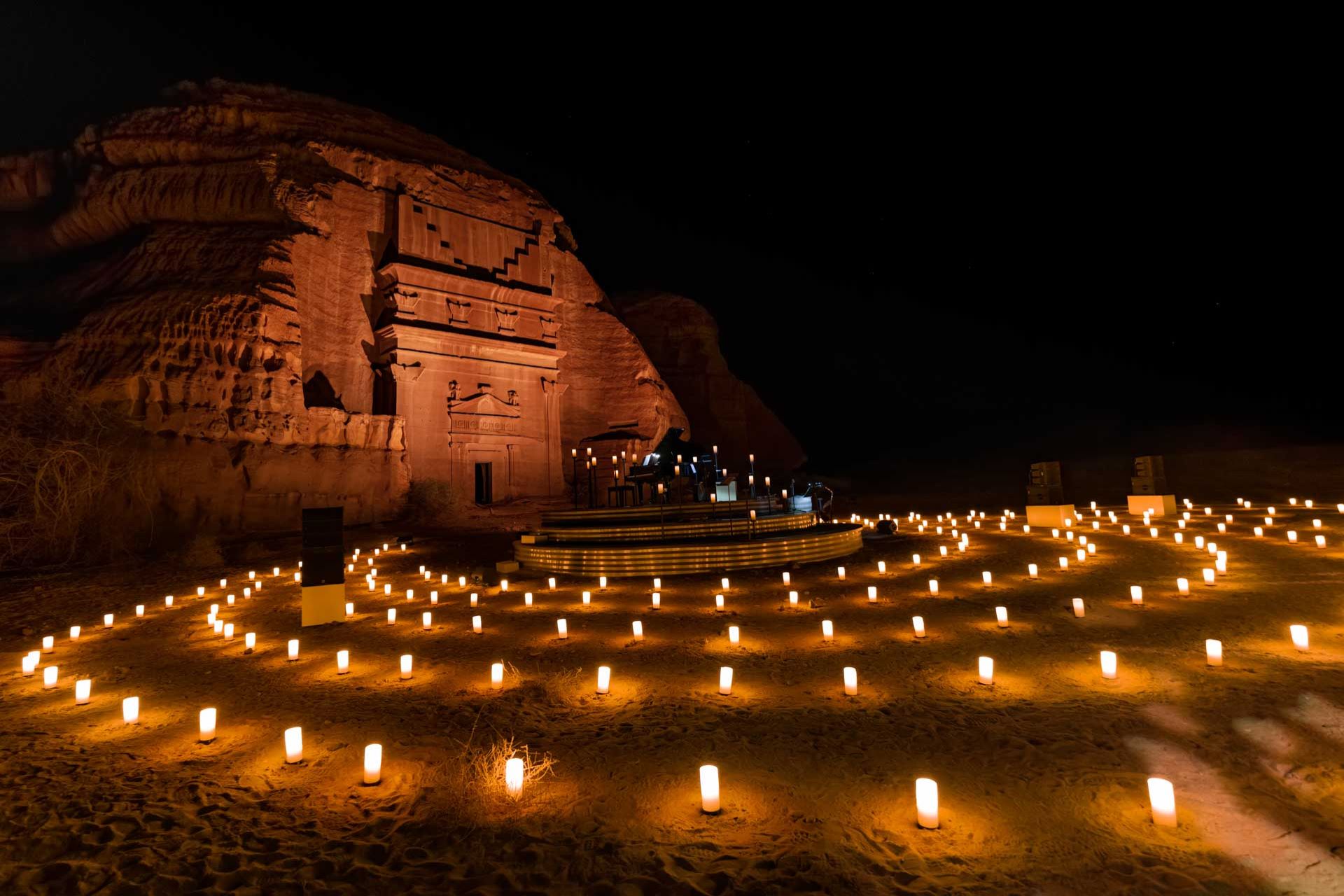 Hegra is the most iconic historical site of the Kingdom of Saudi Arabia and the first to be listed as a UNESCO Word Heritage, back in 2008. The Nabateans, called it Hijra (as it appears in some ancient inscriptions at the site), and the Romans used to call it Hegra.
Hegra is the most iconic historical site of the Kingdom of Saudi Arabia and the first to be listed as a UNESCO Word Heritage, back in 2008. The Nabateans, called it Hijra (as it appears in some ancient inscriptions at the site), and the Romans used to call it Hegra.
The Nabatean people were Arab merchants actively involved in the frankincense trade originating from ancient Yemen from which they gained their great wealth. The Nabatean Kingdom developed from the 2nd century BC. The extensive settlement of the site took place during the 1st century AD, when it came under the rule of the Nabatean king Aretas IV Philopatris (Al-Harith IV) (9 – 40 BC), who made Hegra the kingdom's first capital, before Petra, located 500 kilometers to the north.
In the early 19th century BC the Ottomans built a railway station at Hegra that was along the Hejaz Railway linking Damascus to the holy city.
Overnight AL Ula camp.
-
Day 4
Al Ula – Khaybar - Medina
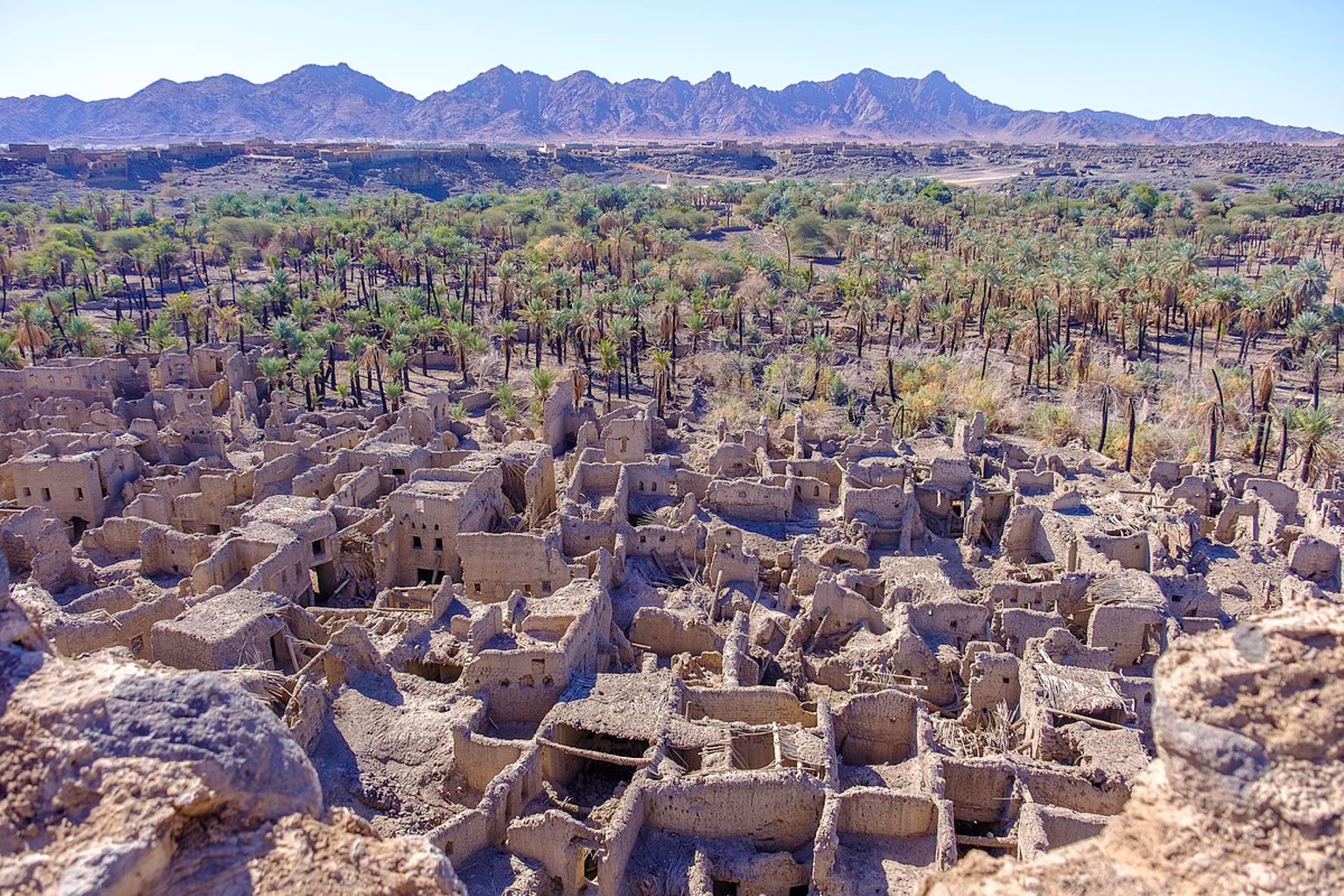 Today we move toward the last great ancient oasis of Khaybar about 200 Km south. Khaybar is surrounded by the lava fields called "harrat", the largest one, the Harrat Khaybar, is called after its name.
Today we move toward the last great ancient oasis of Khaybar about 200 Km south. Khaybar is surrounded by the lava fields called "harrat", the largest one, the Harrat Khaybar, is called after its name.
Until today Khaybar benefits from permanent water points that surface at the lowest parts of the oasis and a lush vegetation can grow naturally there. From the numerous wells a complex system of irrigation canals is still used today to water the palm trees and offer a unique sight on how an Arabian oasis could have looked two thousand years ago.
Khaybar appears under the name of Hibra and became famous as the last Jewish stronghold, here is what Tabari wrote about; “Khaybar was in the possession of Jews; it is the most solid of their fortress. It was composed of seven forts of different sizes, surrounded by plantations of palm trees”.
The old village of Khaybar is made of ruins of abandoned buildings whose base (probably more ancient) is built with stones and the upper part is made of mud-bricks.
Continue to Sad Al Bent “The girl Dam”
Continue to Medina for overnight.
-
Day 5
Medina
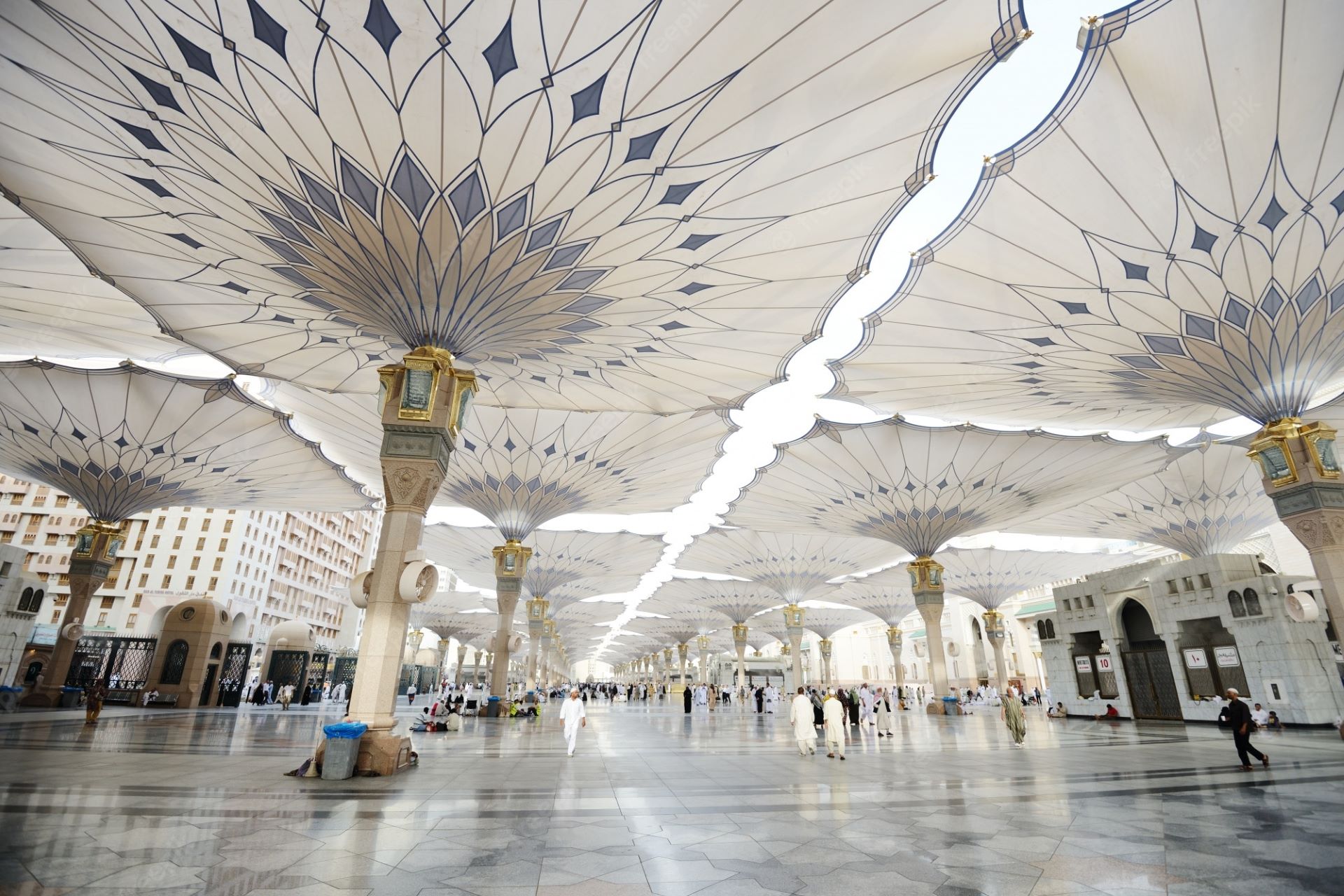 The second holly city of Islam.
The second holly city of Islam.
The city of Madinah Al-Munawara is the capital of Madinah Province. It hosts the Mosque of the Prophet of Islam named in Arabic Al-Masjid An-Nabawi which is the second most holy place in Islam after the Kaaba in Meccah. As such it is also the second most important site of Islamic pilgrimage.
It lays in a volcanic area as attested to by the presence of the massive lava fields of the Harrat Khaybar on the north and the Harrat Rahat on the south whose ancient lava flows stretch till the south of the modern city.
The city is surrounded by a number of mountains which have religious and historical significance: Al-Hujaj, or Pilgrims' Mountain to the West; Salaa to the north-west; Al-E'er or Caravan Mountain to the south; and Uhud to the north. Madinah is situated on a flat mountain plateau at the junction of the three valleys of Al-Aql, Al-Aqiq, and Al-Himdh which provide water to large green areas amidst a dry mountainous region.
Overnight Medina.
-
Day 6
Medina - Jeddah
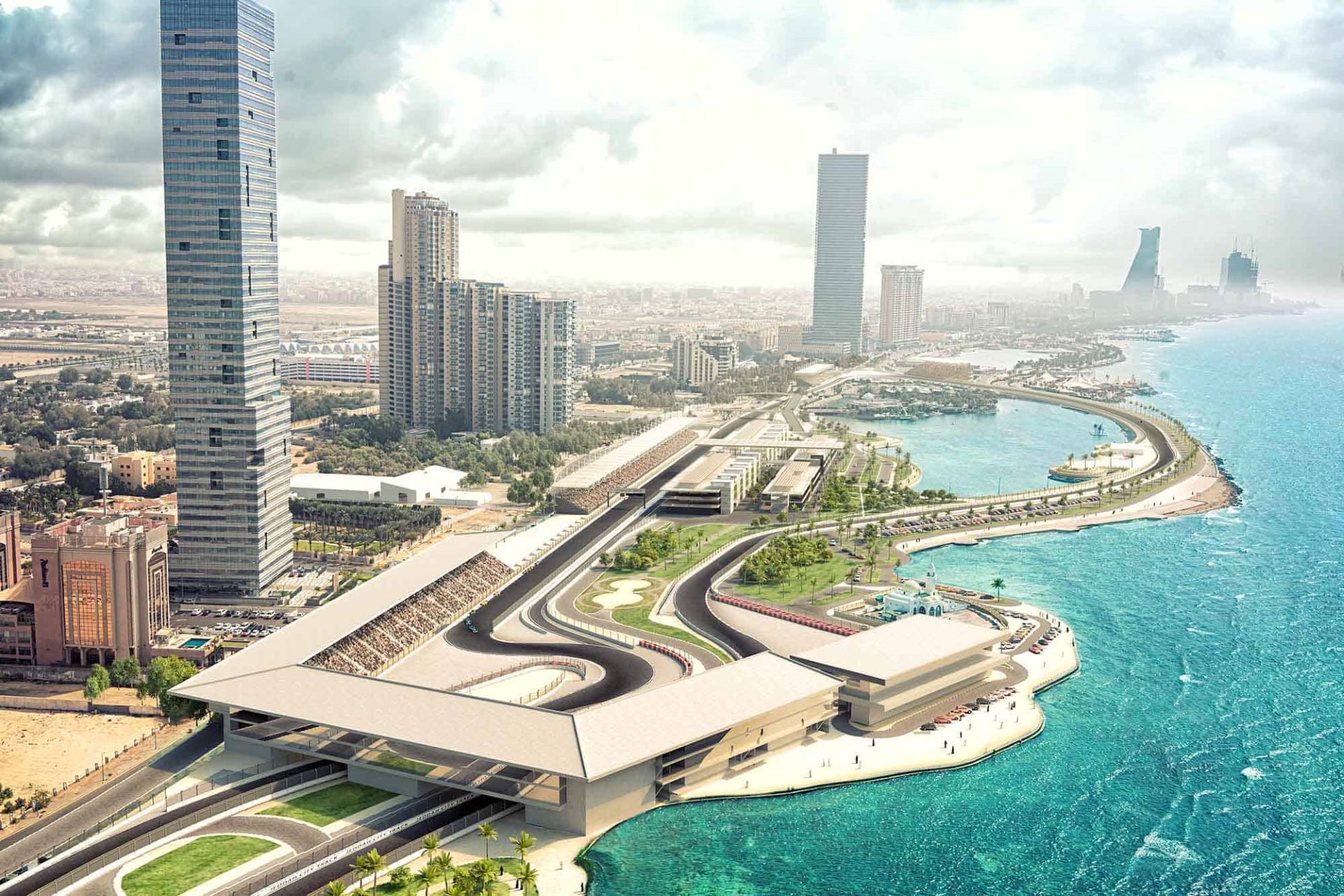 Take your flight to Jeddah, Visit some of Jeddah’s most captivating old Ottoman houses. The old quarter is a UNESCO World Heritage Site and is known for its coral-built houses. The Nasif house is one of the few historic buildings that have been restored and now serve as a museum. You walk further through the old town and visit the Al Alawi Souq, the market that winds through the old neighborhoods and where products such as incense, jewelry, coffee and clothing are sold. The art collection of Abdulraouf Khalil is exhibited in the Al Tayebat museum. The museum includes items from the pre-Islamic period, furniture and traditional clothing from different regions of the country.
Take your flight to Jeddah, Visit some of Jeddah’s most captivating old Ottoman houses. The old quarter is a UNESCO World Heritage Site and is known for its coral-built houses. The Nasif house is one of the few historic buildings that have been restored and now serve as a museum. You walk further through the old town and visit the Al Alawi Souq, the market that winds through the old neighborhoods and where products such as incense, jewelry, coffee and clothing are sold. The art collection of Abdulraouf Khalil is exhibited in the Al Tayebat museum. The museum includes items from the pre-Islamic period, furniture and traditional clothing from different regions of the country.
-
Day 7
Jeddah
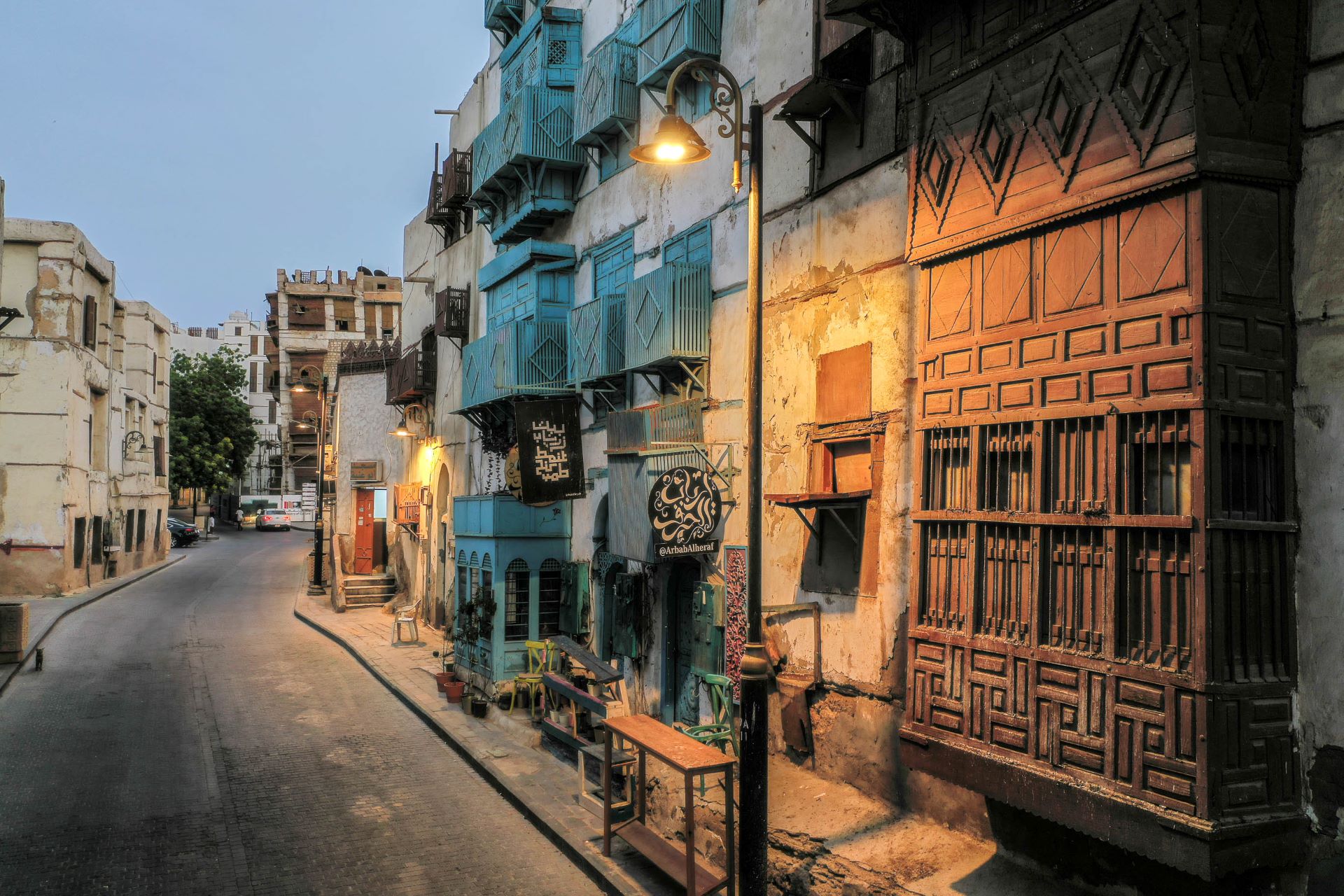 Easy day to enjoy Jeddah, which means grandmother, a name that was given to the city based on the belief that Eve would be buried there. Jeddah is the commercial heart of Saudi Arabia and traditionally the port where pilgrims from all over the Islamic world arrive on their way to Mecca and Medina.
Easy day to enjoy Jeddah, which means grandmother, a name that was given to the city based on the belief that Eve would be buried there. Jeddah is the commercial heart of Saudi Arabia and traditionally the port where pilgrims from all over the Islamic world arrive on their way to Mecca and Medina.
Enjoy the Red Sea corniche, along the boulevard to enjoy the most famous King Fahad Fountain.
-
Day 8
Jeddah Departure
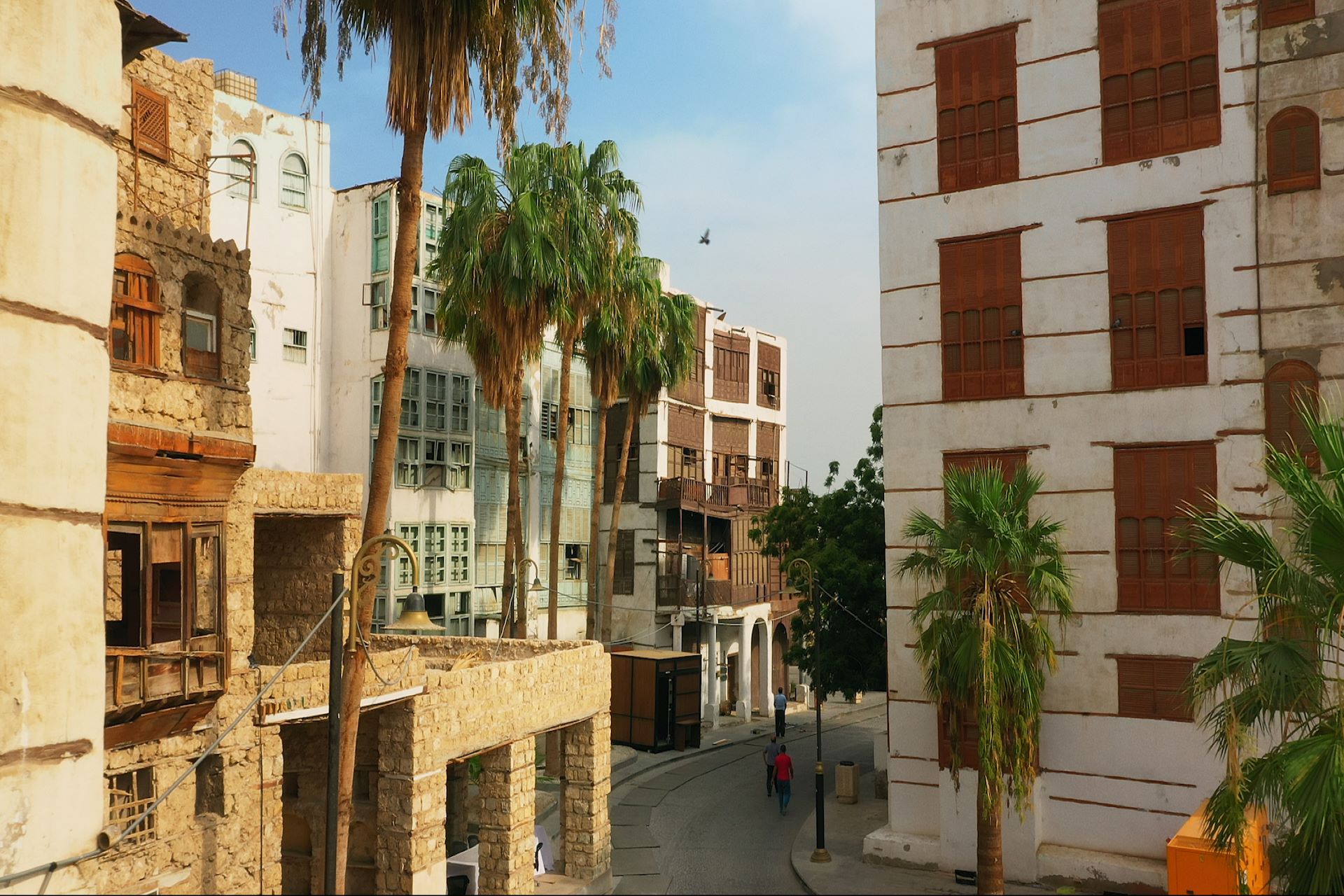 Free morning, before transfer to airport.
Free morning, before transfer to airport.
Activities
- Adventure
- Exploring
Select Day
Following things are included
- All transfer and transportation with A/C bus or car.
- All nights’ accommodation B/B at selected category hotel.
- English speaking tour leader/driver.
- All entrance fees in Saudi as listed in itinerary.
- All Taxes.
Following things are Excluded
- Visa cost to Saudi.
- All Lunches.
- All Dinners
- Drinks during meals.
- Domestic Flight.
- Tips.
- Any personal expenses.
- Anything not mentioned in the Include items.


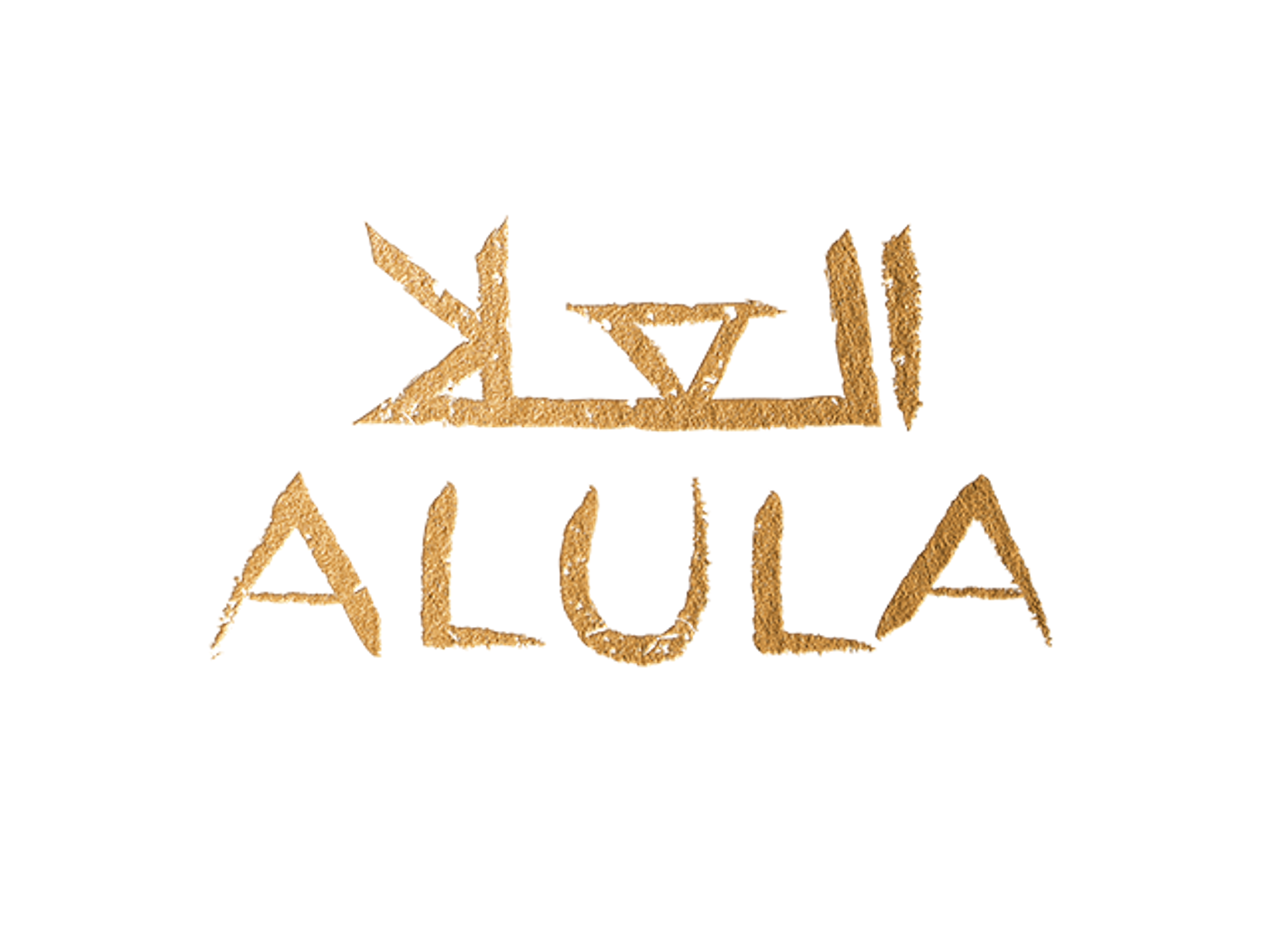
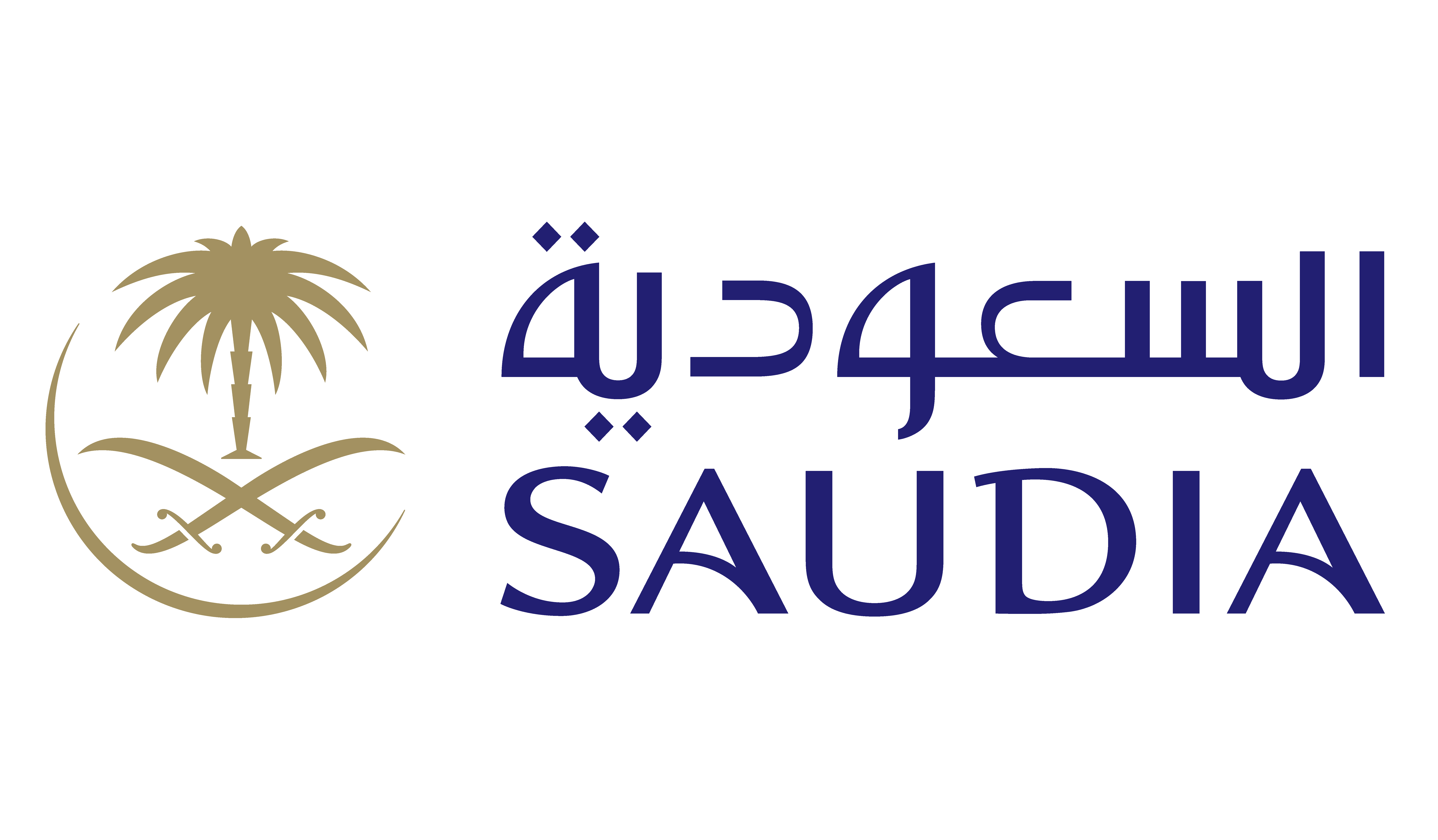

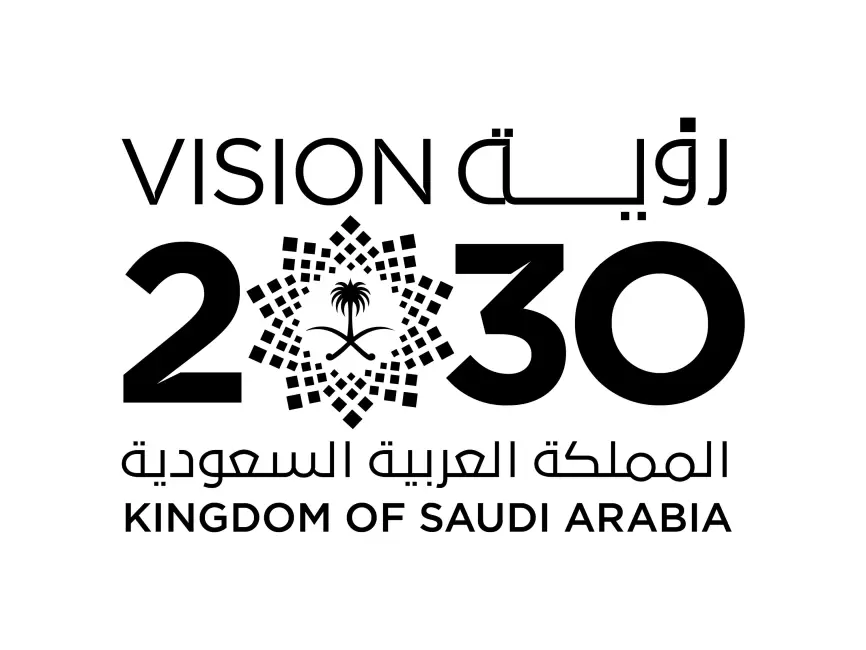
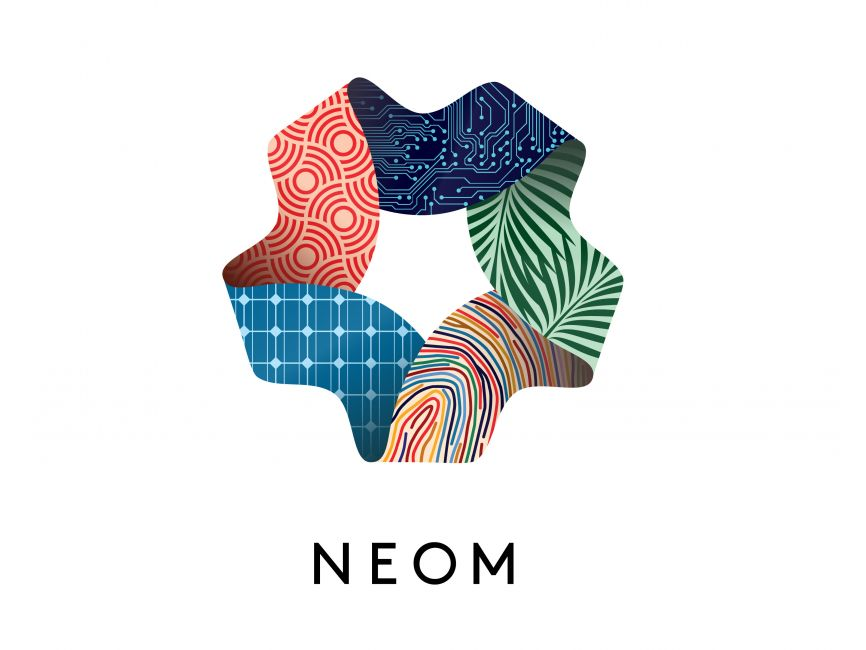
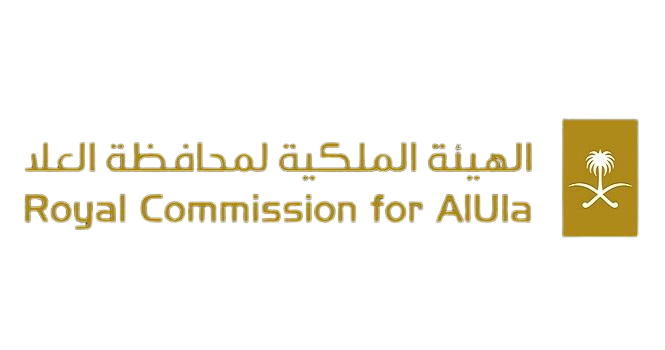
1021517daeb271a3064bfde286be5f0e12e417.jpg)
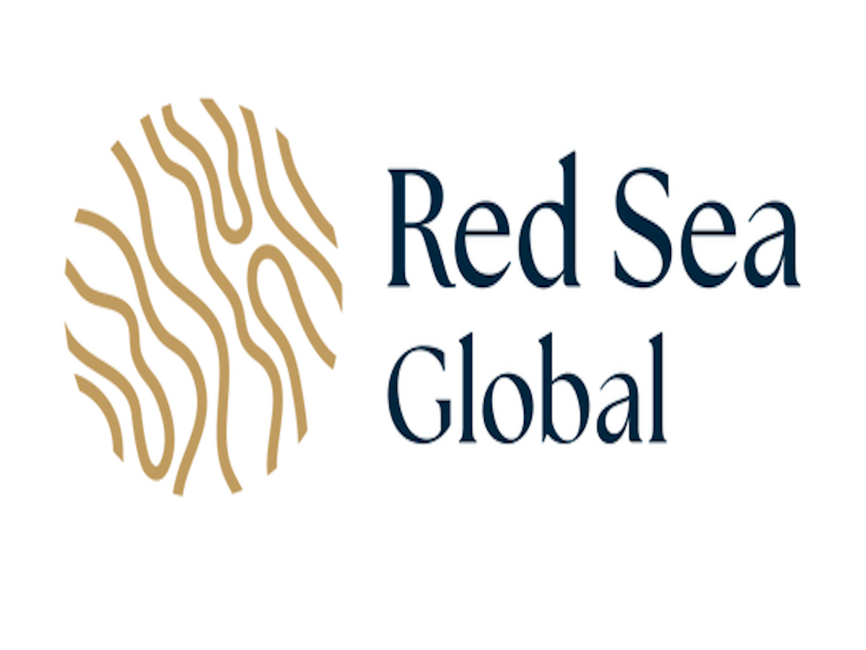
9573769fae268a382f75cde81f59603e9b35d.png)
